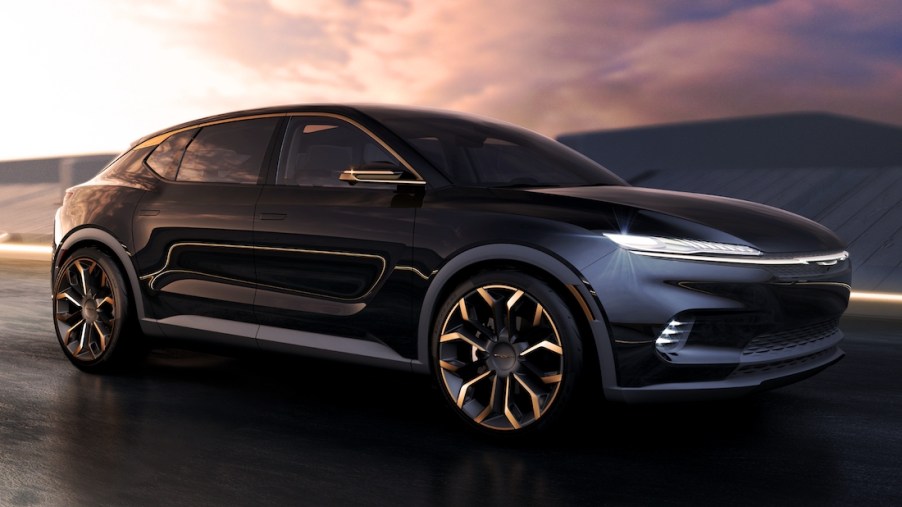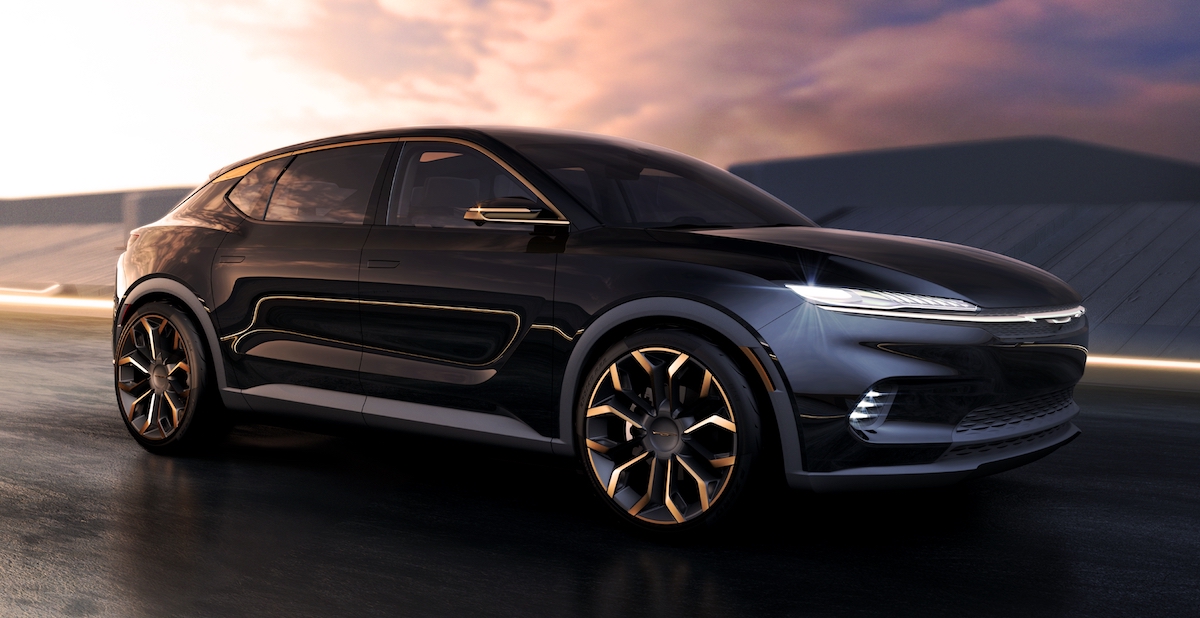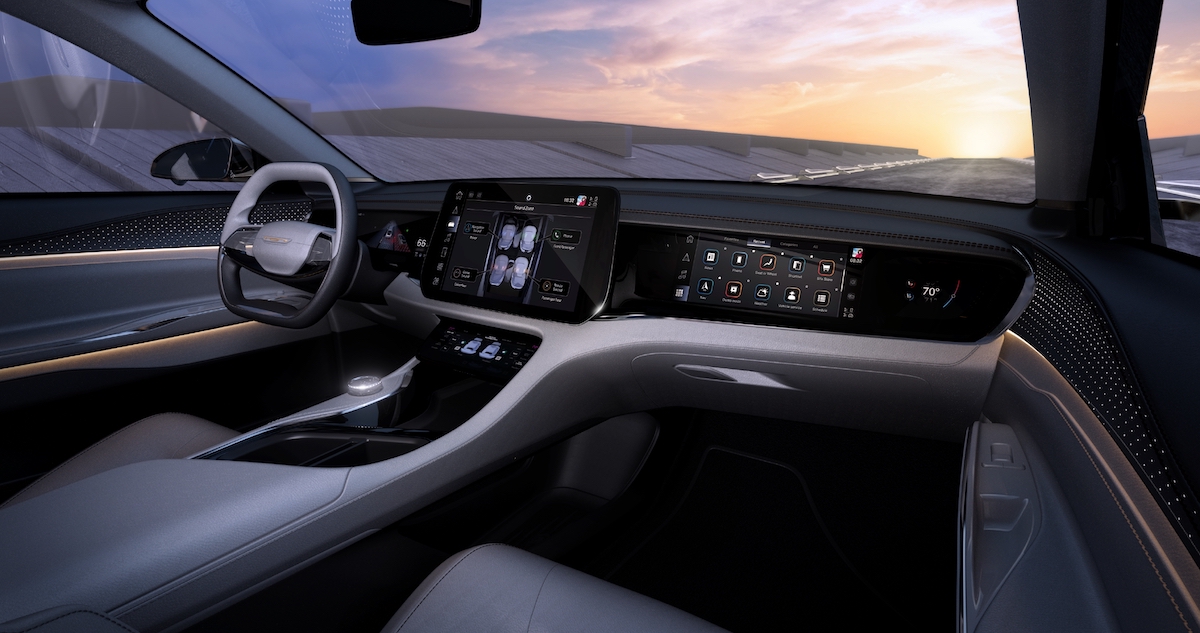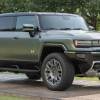
The Chrysler Airflow Looks Like a Half-Baked Triplet of the Alfa Romeo Tonale and Dodge Hornet
The Chrysler Airflow suffers from one common practice in the automotive industry. Manufacturers that own multiple brands like to reuse platforms, templates, and builds. We see this practice often with lookalike Chevy and GMC trucks and some Hyundai and Kia models. Stellantis — which owns Chrysler, Dodge, Jeep, Ram, and several other car brands — is no different. Still, the company might be relying too heavily on recycling vehicle designs on its road to electrification. The Chrysler Airflow EV concept is the perfect example.
What we know about the Chrysler Airflow EV

Chrysler teases that the Airflow concept EV provides 400 miles of all-electric driving and has standard all-wheel drive. According to Car and Driver, both motors in this setup generate 201 hp. However, C/D speculates that a single-motor drivetrain will probably be standard.
According to Stellantis, engineers designed the Chrysler Airflow with the most advanced in-car technology and modern styling. The concept claims to offer Level 3 autonomy features, allowing the driver to take their hands off the wheel in safe driving conditions.

The SmartCockpit infotainment interface promises a customizable user experience, a personal assistant, and navigation functions. It can also automatically download over-the-air updates.
The car can even customize certain features automatically based on the driver’s preferences, like cabin temperature and sound system volume. The cockpit also looks hyper-futuristic, with glowing steering wheel buttons and seatbacks, as well as a touchscreen for each passenger.
The Chrysler Airflow likely shares a build with these two PHEVs
The Chrysler Airflow concept’s exterior design looks cool initially, especially with the shiny accents on the exterior trim and wheels. However, we can’t help but notice it appears too similar to the Alfa Romeo Tonale. According to Stellantis, which also owns Alfa Romeo, the Tonale is a luxury SUV with an available plug-in hybrid (PHEV) powertrain.
Both the Tonale and the Airflow concept have similar body lines and even the same sloped rear end. The Tonale has a badge in the center of its taillights. Looking at the glowing “Airflow” letters in the center of the concept’s taillights, you’ll notice where Chrysler got that inspiration.
Comparing images of the two models, you’ll also notice they even share the same open-air cabin design. Thankfully, the Tonale’s cabin has a different color scheme.
However, judging by the Stellantis press release for the Dodge Hornet, we think this SUV looks nearly identical to the Chrysler Airflow. Both vehicles have the same black cladding along their exteriors and might even share the same wheelbase.
To be clear, we don’t have confirmation that the Airflow, Tonale, and Hornet share the same build. But we find it suspicious that the only differentiating factors among these models are their headlights, grilles, and taillights. Each vehicle also has a slightly different wheel design.
It’s not the car’s fault
Reusing vehicle platforms and builds is a cost-effective strategy for automakers. We can’t fault the Chrysler Airflow too much, though we wish more creativity had gone into its design. Automakers usually do their best to make each vehicle unique, even with identical builds.
For example, it would be difficult to confuse the aggressive Kia K5 with the relatively reserved Hyundai Sonata. The Hyundai Ioniq 5 and Kia EV6 also feature noticeably different body lines. Because the Chrysler Airflow’s appearance isn’t anything noteworthy, we hope its performance will help differentiate this EV from its two lookalikes.


